TOP UI/UX DESIGN AGENCIES IN NEW YORK 2025
Company Name
Avg hourly rate
Employees
Reviews
Location
Contacts
1
17
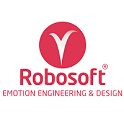
Robosoft Technologies
Avg hourly rate
$51.00 - $100.00/hr
Employees
251 - 1000
Location
New York, New York, United States
+1-415-848-2354
2
8
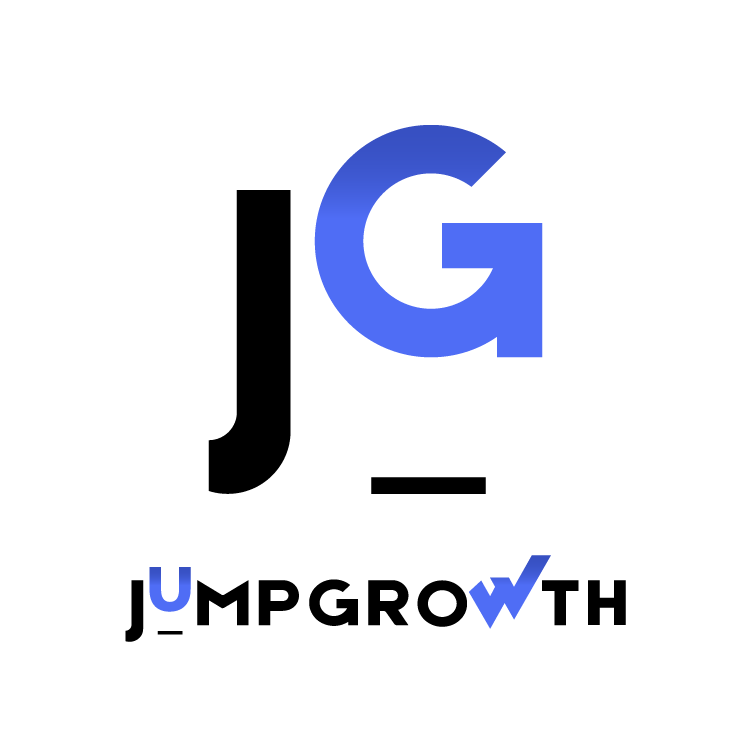
JumpGrowth
Avg hourly rate
$26.00 - $50.00/hr
Employees
51 - 250
Location
NEW YORK, New York, United States
(972) 454-4888
3
7

IdeaSoft
Avg hourly rate
$26.00 - $50.00/hr
Employees
51 - 250
Location
New York, New York, United States
+16469804261
4
6
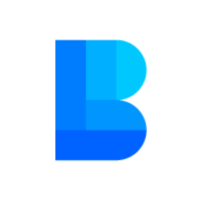
Blue Label Labs
Avg hourly rate
$101.00 - $150.00/hr
Employees
51 - 250
Location
New York, New York, United States
2078905983
5
5

Halcyon Mobile
Avg hourly rate
$51.00 - $100.00/hr
Employees
51 - 250
Location
New York, New York, United States
+1 650 924 9023
6
5
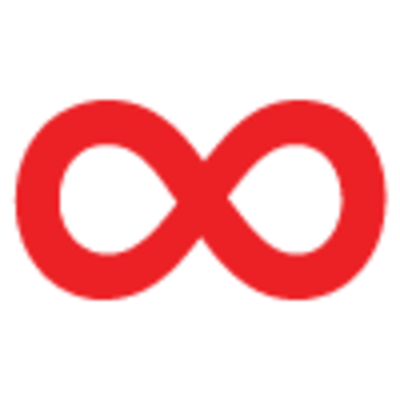
Infinum
Avg hourly rate
$101.00 - $150.00/hr
Employees
51 - 250
Location
New York, New York, United States
+1 (917) 838-2194
7
3

OTS Solutions
Avg hourly rate
$26.00 - $50.00/hr
Employees
51 - 250
Location
New York, New York, United States
(972) 454-4888
8
2
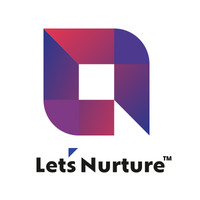
Lets Nurture
Avg hourly rate
$0.00 - $25.00/hr
Employees
50 - 250
Location
New York, New York, United States
1-631-954-6922
9
1

Bowen Media
Avg hourly rate
$150.00 - $199.00/hr
Employees
10 - 49
Location
Garden City Park, New York, United States
516.308.3539
10
1
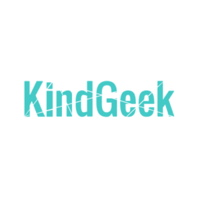
KindGeek
Avg hourly rate
$26.00 - $50.00/hr
Employees
51 - 250
Location
New York, New York, United States
+380974652244
11
1

Ezappsolution
Avg hourly rate
$0.00 - $25.00/hr
Employees
1001 - 5000
Location
New York City, New York, United States
3472178839
12
0
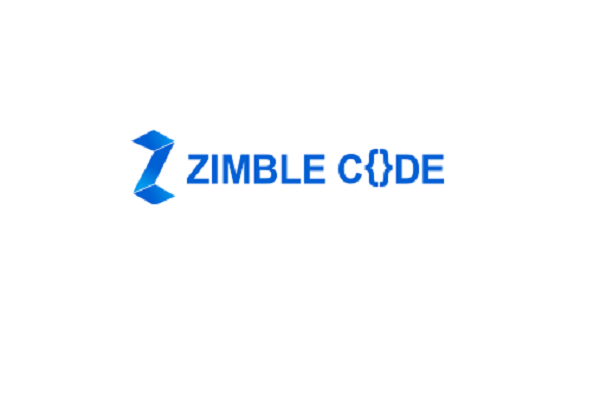
Zimble Code
Avg hourly rate
$26.00 - $50.00/hr
Employees
11 - 50
Location
New York, New York, United States
+1 929-312-7735
13
0
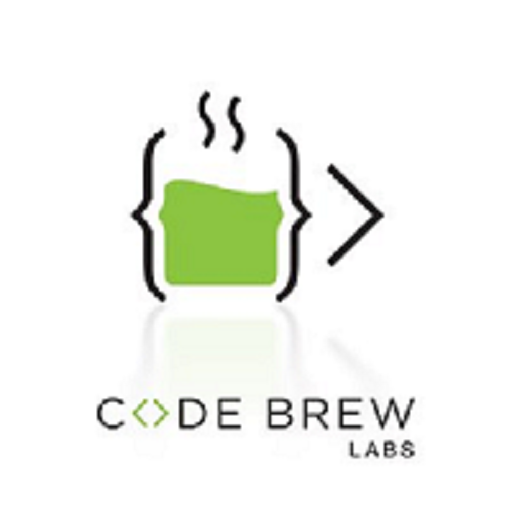
Code Brew Labs
Avg hourly rate
$51.00 - $100.00/hr
Employees
251 - 1000
Location
NYC, New York, United States
+1 929 575 5459
14
0
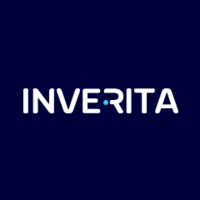
inVerita
Avg hourly rate
$26.00 - $50.00/hr
Employees
51 - 250
Location
New York, New York, United States
19299991232
15
0
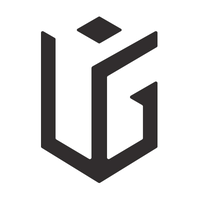
UIG Studio
Avg hourly rate
$51.00 - $100.00/hr
Employees
11 - 50
Location
Oslo, New York, United States
+48730891239
16
0
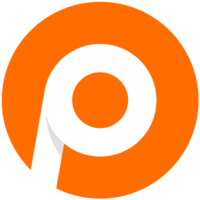
Perpetual
Avg hourly rate
$51.00 - $100.00/hr
Employees
11 - 50
Location
New York, New York, United States
212-904-1497
17
0
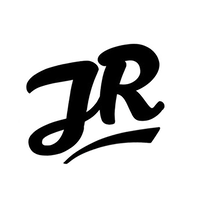
JetRockets
Avg hourly rate
$51.00 - $100.00/hr
Employees
11 - 50
Location
Brooklyn, New York, United States
+1 (646) 598-6452
18
0
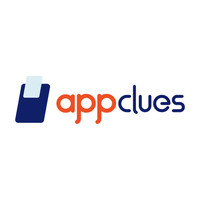
AppClues Infotech
Avg hourly rate
$26.00 - $50.00/hr
Employees
51 - 250
Location
New York, New York, United States
+1-978-309-9910
19
0
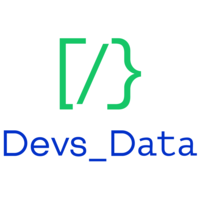
DevsData LLC
Avg hourly rate
$101.00 - $150.00/hr
Employees
11 - 50
Location
Brooklyn, New York, United States
(917) 300 1752
20
0
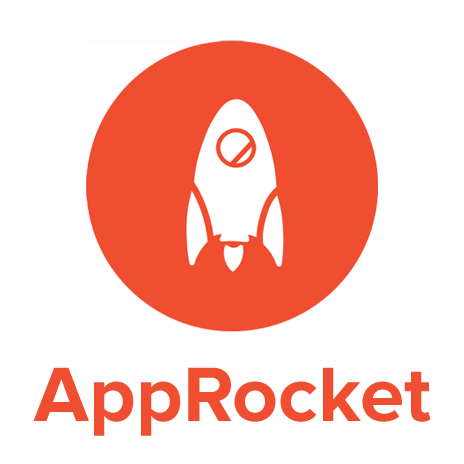
AppRocket
Avg hourly rate
$0.00 - $25.00/hr
Employees
0 - 10
Location
Brooklyn, New York, United States
+1(973)493-6418
21
0
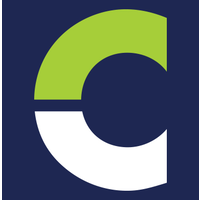
CemtrexLabs
Avg hourly rate
$51.00 - $100.00/hr
Employees
251 - 1000
Location
New York, New York, United States
631-756-9116 Ext. 120
22
0

Tenet Partners
Avg hourly rate
$201.00 - $300.00/hr
Employees
11 - 50
Location
New York, New York, United States
212.329.3030
23
0
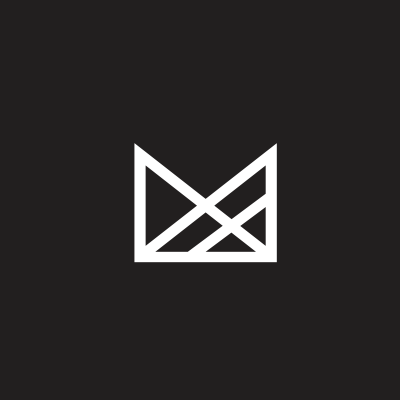
Motto
Avg hourly rate
$151.00 - $200.00/hr
Employees
11 - 50
Location
New York, New York, United States
(843) 916-0402 x 101
24
0
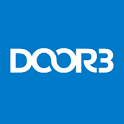
DOOR3
Avg hourly rate
$0.00 - $0.00/hr
Employees
50 - 249
Location
New York, New York, United States
212.673.1818
25
0

Alley Interactive
Avg hourly rate
$150.00 - $199.00/hr
Employees
10 - 49
Location
New York, New York, United States
212.804.6623